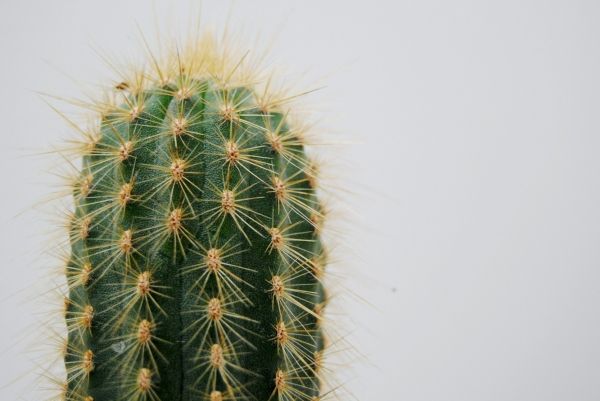Humans can get by in the most basic of shelters, can scratch together a meal from the most humble of ingredients. But we can’t survive without clean water. And in places where water is scarce—the world’s deserts, for example—getting water to people requires feats of engineering and irrigation that can be cumbersome and expensive. A pair of new studies from researchers at The Ohio State University offers a possible solution, inspired by nature.
“We thought: ‘How can we gather water from the ambient air around us?’” said Bharat Bhushan, Ohio Eminent Scholar and Howard D. Winbigler Professor of mechanical engineering at Ohio State. “And so, we looked to the things in nature that already do that: the cactus, the beetle, desert grasses.”
Their findings were published Dec. 24 in the journal Philosophical Transactions of the Royal Society. The works were co-authored with Ohio State Ph.D. student Dev Gurera and with Ohio State engineering researcher Dong Song. Bhushan’s work focuses on finding nature-inspired solutions to societal problems. In this case, his research team looked to the desert to find life that survives despite limited access to water.
The cactus, beetle and desert grasses all collect water condensed from nighttime fog, gathering droplets from the air and filtering them to roots or reservoirs, providing enough hydration to survive.
Continue reading at Ohio State University
Image via Ohio State University


